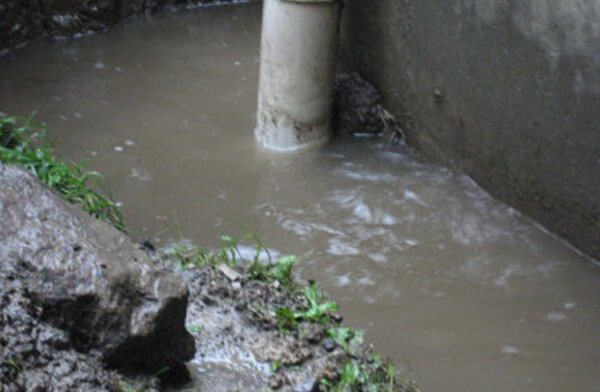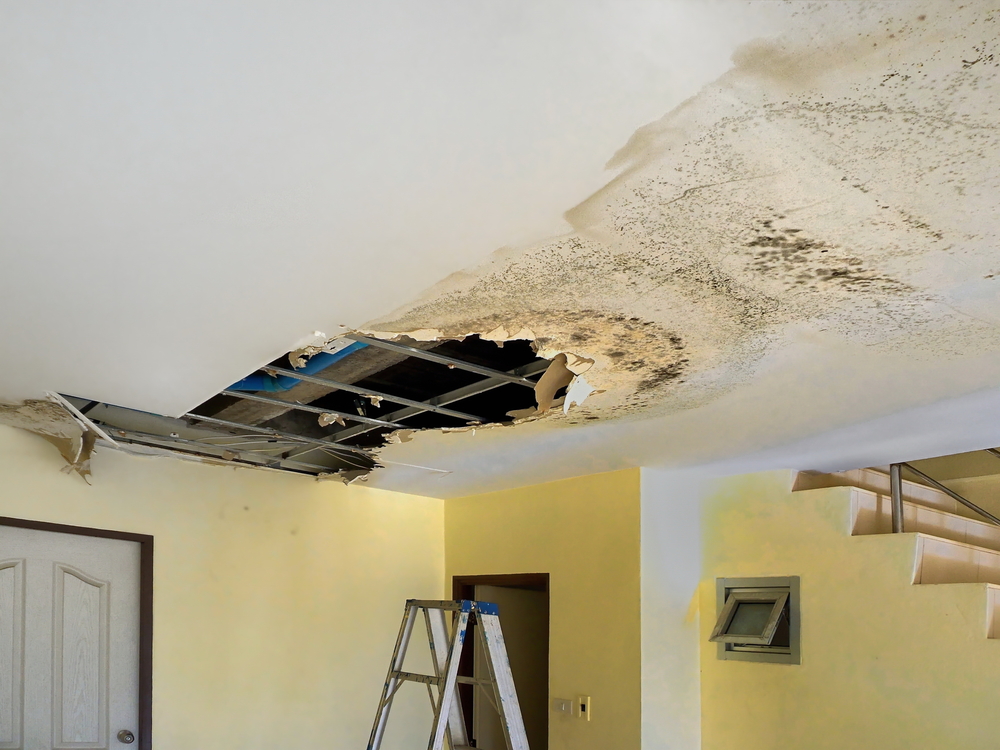Presented here below you can locate some reliable material with regards to Finding hidden leaks.

Early detection of leaking water lines can mitigate a possible catastrophe. Some little water leaks might not be visible.
1. Check Out the Water Meter
Every house has a water meter. Inspecting it is a surefire way that assists you discover leaks. For starters, switch off all the water sources. Guarantee no one will certainly flush, use the tap, shower, run the washing machine or dishwashing machine. From there, go to the meter and also watch if it will certainly transform. Considering that nobody is using it, there must be no motions. If it moves, that suggests a fast-moving leakage. Likewise, if you discover no changes, wait a hr or more and examine back once more. This suggests you might have a slow leakage that could also be underground.
2. Inspect Water Usage
If you find sudden changes, regardless of your consumption being the same, it indicates that you have leaks in your plumbing system. A sudden spike in your bill indicates a fast-moving leak.
On the other hand, a steady increase monthly, despite having the very same routines, reveals you have a slow-moving leakage that's likewise slowly escalating. Call a plumber to thoroughly inspect your residential or commercial property, specifically if you feel a cozy location on your floor with piping beneath.
3. Do a Food Coloring Examination
30% comes from toilets when it comes to water consumption. Examination to see if they are running effectively. Drop flecks of food shade in the storage tank and wait 10 mins. There's a leakage between the storage tank as well as bowl if the shade in some way infiltrates your bowl throughout that time without flushing.
4. Asses Outside Lines
Don't fail to remember to examine your exterior water lines too. Test faucets by attaching a garden hose pipe. Must water permeate out of the connection, you have a loose rubber gasket. Replace this as well as ensure all links are limited. It will certainly help obtain it skillfully examined and also preserved every year if you have actually got a lawn sprinkler system. One tiny leakage can waste tons of water and also increase your water expense.
5. Examine the situation as well as check
Homeowners need to make it a habit to inspect under the sink counters and even inside cupboards for any type of bad odor or mold growth. These 2 red flags indicate a leak so timely focus is called for. Doing regular examinations, also bi-annually, can save you from a significant issue.
Check for discolorations as well as damaging as the majority of home appliances as well as pipes have a life expectancy. If you presume leaking water lines in your plumbing system, do not wait for it to intensify.
Early discovery of leaking water lines can reduce a prospective disaster. Some tiny water leakages may not be visible. Inspecting it is a proven method that aids you uncover leakages. One tiny leakage can waste tons of water and also increase your water costs.
If you presume dripping water lines in your plumbing system, do not wait for it to rise.
WARNING SIGNS OF WATER LEAKAGE BEHIND THE WALL
PERSISTENT MUSTY ODORS
As water slowly drips from a leaky pipe inside the wall, flooring and sheetrock stay damp and develop an odor similar to wet cardboard. It generates a musty smell that can help you find hidden leaks.
MOLD IN UNUSUAL AREAS
Mold usually grows in wet areas like kitchens, baths and laundry rooms. If you spot the stuff on walls or baseboards in other rooms of the house, it’s a good indicator of undetected water leaks.
STAINS THAT GROW
When mold thrives around a leaky pipe, it sometimes takes hold on the inside surface of the affected wall. A growing stain on otherwise clean sheetrock is often your sign of a hidden plumbing problem.
PEELING OR BUBBLING WALLPAPER / PAINT
This clue is easy to miss in rooms that don’t get much use. When you see wallpaper separating along seams or paint bubbling or flaking off the wall, blame sheetrock that stays wet because of an undetected leak.
BUCKLED CEILINGS AND STAINED FLOORS
If ceilings or floors in bathrooms, kitchens or laundry areas develop structural problems, don’t rule out constant damp inside the walls. Wet sheetrock can affect adjacent framing, flooring and ceilings.
https://www.servicemasterbyzaba.com/blog/how-to-detect-water-leakage-in-walls/

As an enthusiastic reader about Hacks to detect leaks, I think sharing that excerpt was a great idea. Sharing is nice. One never knows, you may just be helping someone out. Thanks so much for going through it.